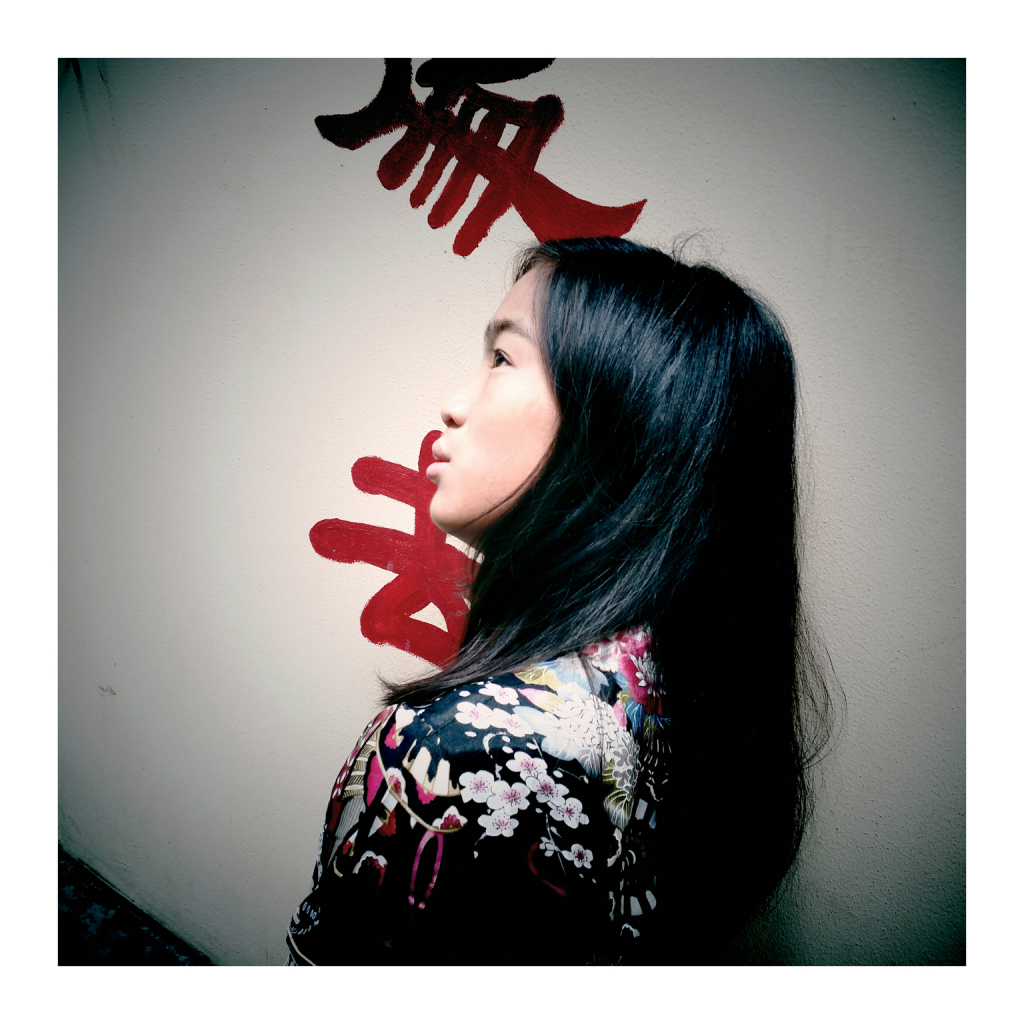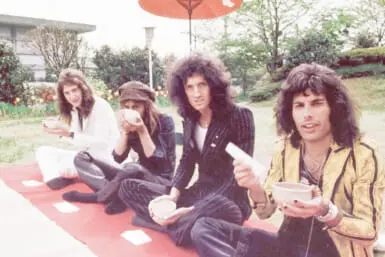In 2016 photographer Paule Saviano began working on a new series of portraits exploring gender identity and the lives of transgender and gender-nonconforming people. The ongoing photo project, entitled “Embrace,” celebrates the strength and diversity of its subjects, who range from five to 72 years old, and hail from an expansive variety of cultures and backgrounds. Saviano intends to continue photographing the participants at various chapters of their lives, chronicling their stories and documenting the changes they navigate, both physically and emotionally, along the way.
In September 2020, Tokyo will host the first exhibition of “Embrace” at Gallery EF, a restored Edo-era warehouse located in Asakusa.
Saviano is honest and self-aware about his starting position as an outsider. “Each time I pick up my camera it is for the purpose of learning,” he explains. “I’m not transgender or part of the LGBTQ+ community, but I have been around the community all my life and I am an advocate for their rights.”
“I was curious to find out when a transgender person would begin to transition … and what that transition was like emotionally”
In the summer of 2016, America (and many other countries) saw an increasingly visible debate about the civil rights of transgender and non-binary people, especially relating to young transgender students. Motivated by the situation at the time, and eager to learn more, Saviano started to investigate his own understanding of transgender lives, stating, “I had never given a thought to when a person realizes that the gender they identify with is different from the body they were born in. I was curious to find out when a transgender person would begin to transition … and what that transition was like emotionally.”
He began to reach out to transgender support groups around the world, consulting with parents and building up the necessary trust to embark on his intimate portrait sessions. In many cases it was difficult to find willing participants who were comfortable sharing their often private identities, and their bodies, but ultimately they understood that this was also an opportunity to communicate their stories.
“The aim of ‘Embrace’ is to show how people with gender identities outside of the traditional categories are not confined to one country, culture or age group,” says Saviano. “My goal is to keep expanding the project to include people from many different cultures and I hope my portraits can be a visual voice that tells the stories of their transition.”
The word “transition” can be interpreted both as a literal change of gender, but also as a more limitless period of change, an ongoing journey, perhaps with no final destination. It should be noted that there are many trans men and women who never undergo gender reassignment surgery, and the experiences of a nonbinary person (generally defined as a person who does not identify as either male or female) could lead them through a series of several “transitions” or visibly none at all. A transition can relate both to how someone chooses to present themselves physically and also how they choose to personally identify themselves.
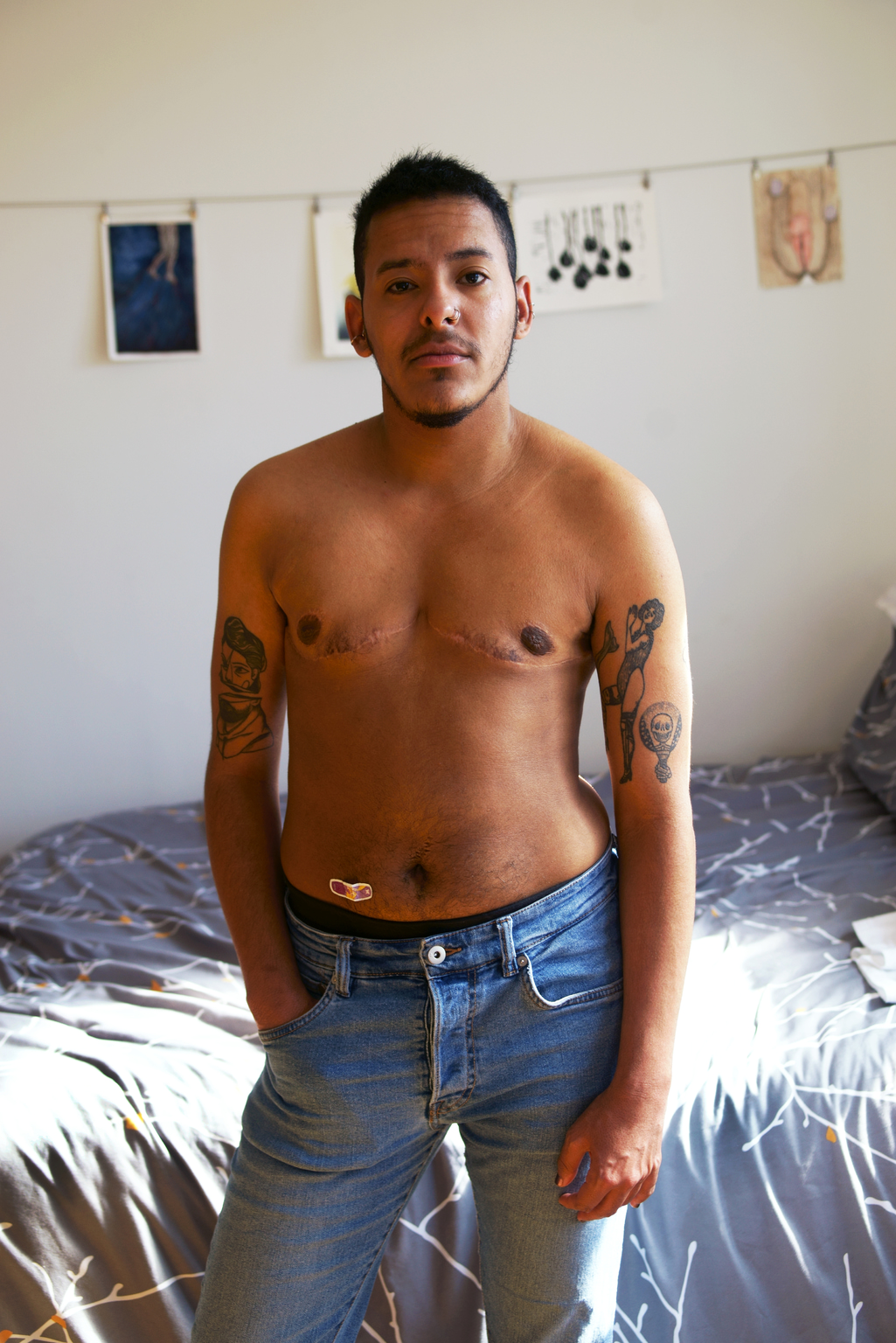
“I was more willing to lose her than having to negotiate with myself and letting my gender be thrown away” – Riley
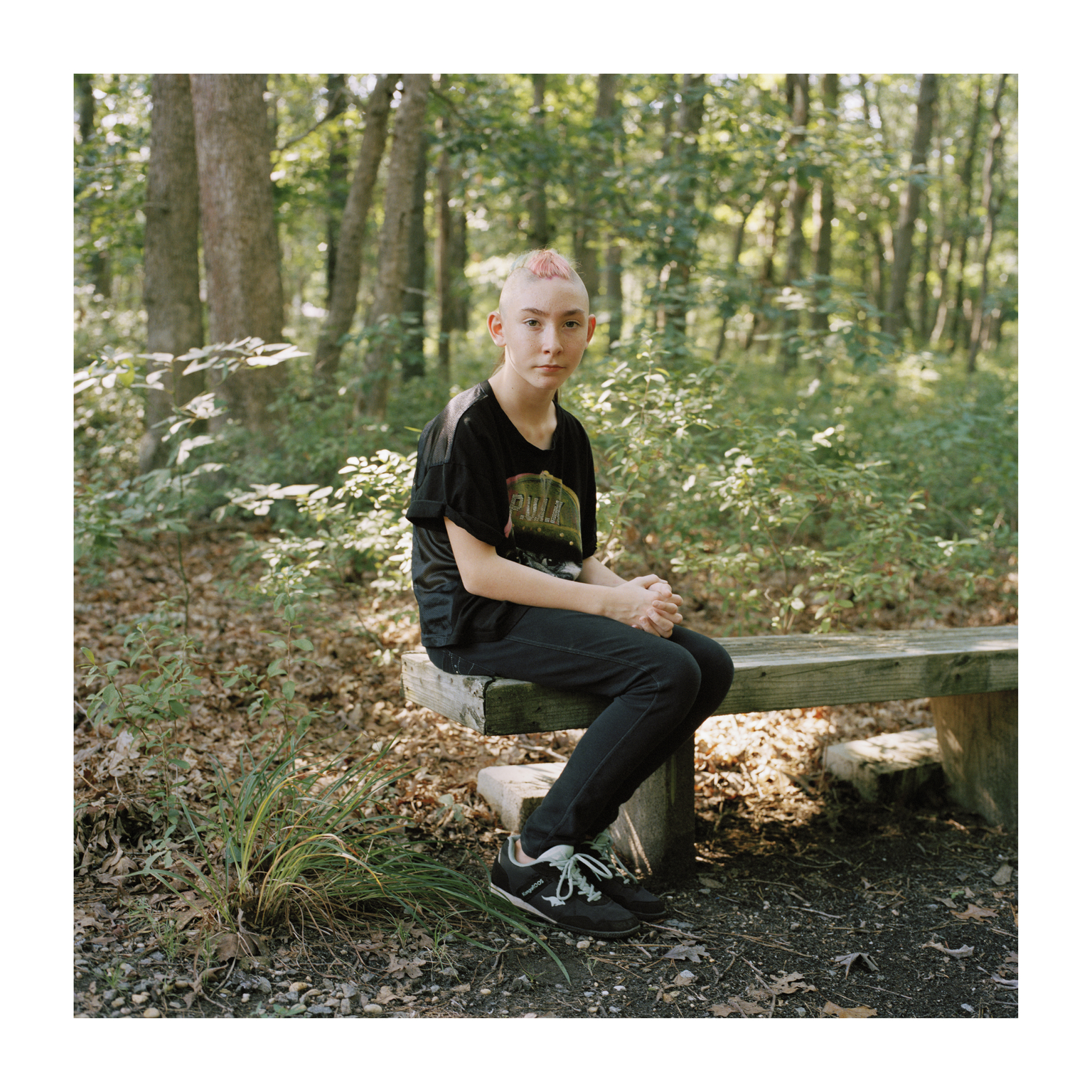
“I told Rose to live how she feels comfortable. We’re her parents, but it is her life” – Lee, Rose’s father
Recognizing the problems and concerns facing these minority communities, including the widespread discrimination and increased risk of violence trans people around the world face on a daily basis, Saviano says, “As I photographed, I realized that everyone’s experience was distinct, and the culture they lived in influenced how difficult it was. While many societies are reevaluating how they understand and represent gender, others are steadfastly intolerant and reactionary.”
For trans and gender-nonconforming people, the freedom to be accepted and allowed to live as the gender with which they identify should be an undeniable essential right. Saviano speaks enthusiastically about the huge difference a supportive environment can have on young trans lives: “My impression is that people who transition in a supportive and well-informed environment have a healthier and more productive life. Those who live in cultures that offer counseling and medical treatment at a young age will benefit physically and emotionally.”
This is far from a radical statement and yet unfortunately remains an issue at the center of a globally controversial topic. Echoing centuries of oppression of the gay rights movement and discrimination of sexual minorities (which still continues), at its most dangerous the current rhetoric denies people their fundamental rights, polices their bodies and dismisses their experiences. Widespread misinformation and lack of understanding frequently leads gender identity skeptics to question nonbinary or trans validity completely, especially in children, and often vehemently opposes the invaluable communities and services that accommodate and support them.
“I’ve photographed people from America, the Netherlands, the Czech Republic, Scotland… these societies all have different views about gender identity. The Netherlands was the most progressive and showed more openness, compared to a country like the Czech Republic, which is still deeply rooted in traditional ideas of gender,” says Saviano. He is eager to stress the diversity of the individuals he photographs. “In America, I tried to highlight the experiences of transgender people of color and transgender people who are religious, people aren’t confined to just one demographic, they are present in all societies and cultures.”
This scope of representation is at the core of his project’s powerful message, dissolving stereotypes of what a transgender person looks like and removing the “othering” that relegates minorities to the outskirts of society. Whether or not we have any connection to, or even knowledge of trans, gender nonconforming or queer people, “Embrace” welcomes us to look with compassion and empathy at our fellow humans. From gender-fluid and agender people living in Prague to young teen trans men and women in the Netherlands or an African-American trans woman excommunicated from the Jehovah’s Witnesses and abandoned by her family, the images act as a personal introduction to each individual, and convey their own unique stories.
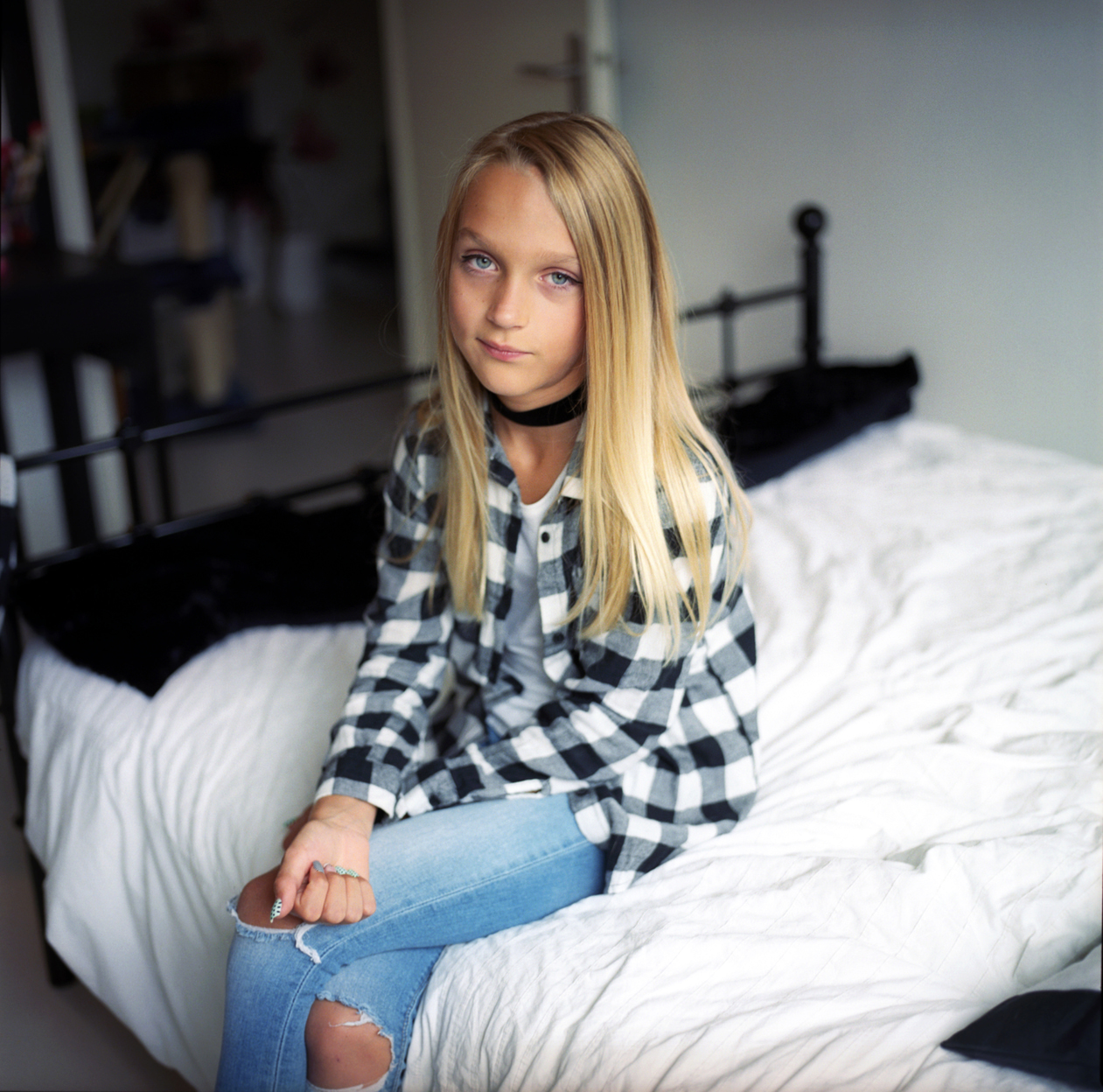
“I am always living from my feelings. So I never have to ask myself who I am. I was a girl all the time” – Lynn
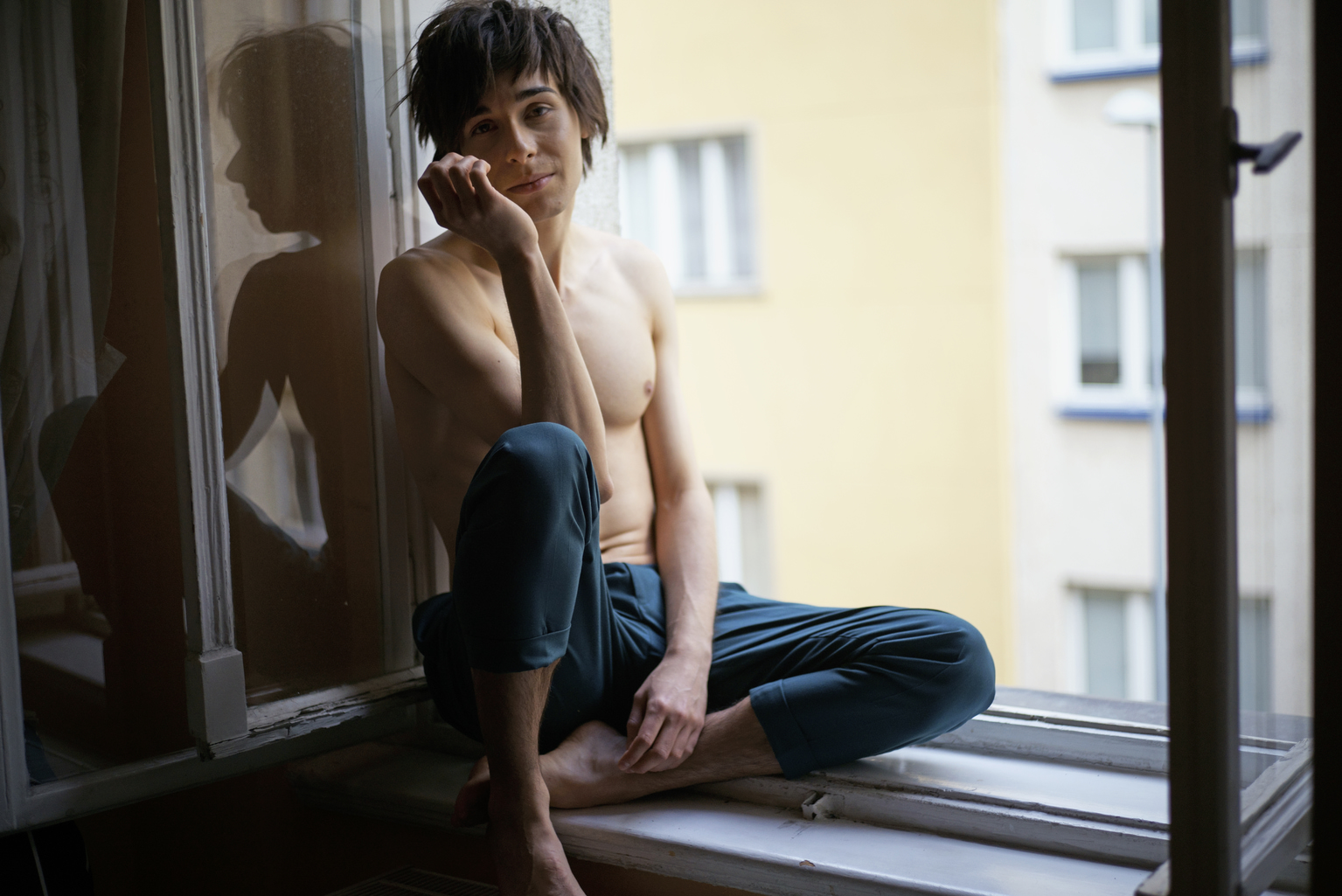
“I have no idea what it’s like to feel like a woman or man. I’m a being, something living” – Fipah
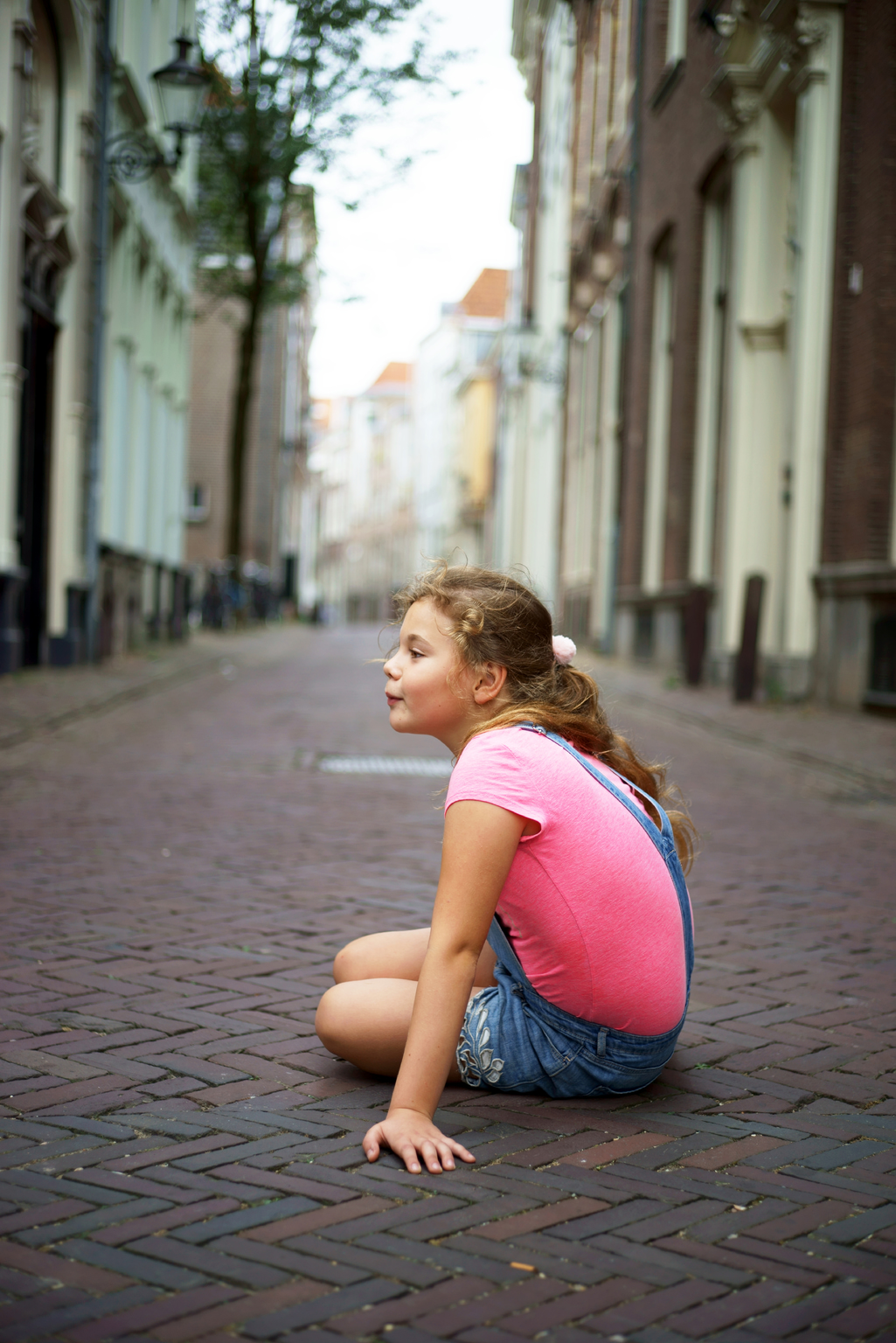
“If I had to continue pretending to live as a boy then life was finished for me” – Rheeven
This is not the photographer’s first time using his art to explore and record such intimate life histories. Saviano’s “From Above” series is another ongoing project he has been working on for over a decade. The collection of portraits features survivors of the atomic bombs in Hiroshima and Nagasaki as well as World War II firebombing survivors. The acclaimed project has so far yielded a book and numerous exhibitions worldwide, including a now permanent exhibition at the Nagasaki Peace Memorial Hall.
As with his exhibition plans for “Embrace,” the “From Above” portraits are shown alongside quotes and reminiscences from the people they depict, taken from interviews conducted by the photographer himself. Saviano found typical historical records of these atrocities to be lacking humanity. “It was always devoid of the human aspect,” he says. “I aspired to put a face to the people who were underneath the mushroom clouds.”
“It’s my desire as an artist to confront aspects of our society that people would rather ignore”
He is sincere in his goal, vowing to continue the project until the last elderly survivor is no longer with us. To capture an image with the intent to share someone else’s story brings with it a particular weight and responsibility. While the scale and significance of Saviano’s work is ambitious, his goal is an admirable one: “My portraiture concentrates on people who have been shaped by an event or circumstance that has left its mark on them and defined their life. I’m also committed to documenting the lives of people that society marginalizes. It’s my desire as an artist to confront aspects of our society that people would rather ignore.” Saviano’s vast portrait projects collect and present identities that are widely overlooked and yet are profoundly rich in the deepest of human experience, often having suffered the consequences of the very worst of humanity, whether war or oppression.
In Japan, as with the rest of world, LGBTQ+ related issues have been increasingly debated and covered in the media in recent years. In order to have a change of gender legally recognized, Japanese citizens must appeal under the Gender Identity Disorder (GID) Special Cases Act, which requires them to be single, without children, and willing to undergo mandatory sterilization.
Far behind the progressive changes being made in some countries, Japan’s government and legal system remains archaic and unjustifiably stunted in its insistence to only recognize binary genders and to uphold an arbitrary and incredibly limited notion of what a marriage or a family can be. Although Japan’s relatively low crime rate and emphasis on personal privacy may give an illusion of freedom of self-expression, the unjust denial of equal human rights remains at the core of discrimination. A prevailing stigma and a lack of acceptance restricts and endangers LGBTQ+ lives. Through increased visibility and encouraging the empowerment of these communities, whether through art, culture or any other means, we can all help to support our fellow humans and hope that the lawmakers will follow.
This is a sentiment Saviano supports in his concluding words: “People with gender identities outside of the traditional categories shouldn’t have to live on the threshold of a society that doesn’t care if they live or die. Through education and awareness it is possible for everyone to feel safe, recognized and respected.”
Paule Saviano’s Embrace exhibition will be held at Gallery EF, Asakusa from September 2 to October 25, 2020. For more information, visit www.gallery-ef.com
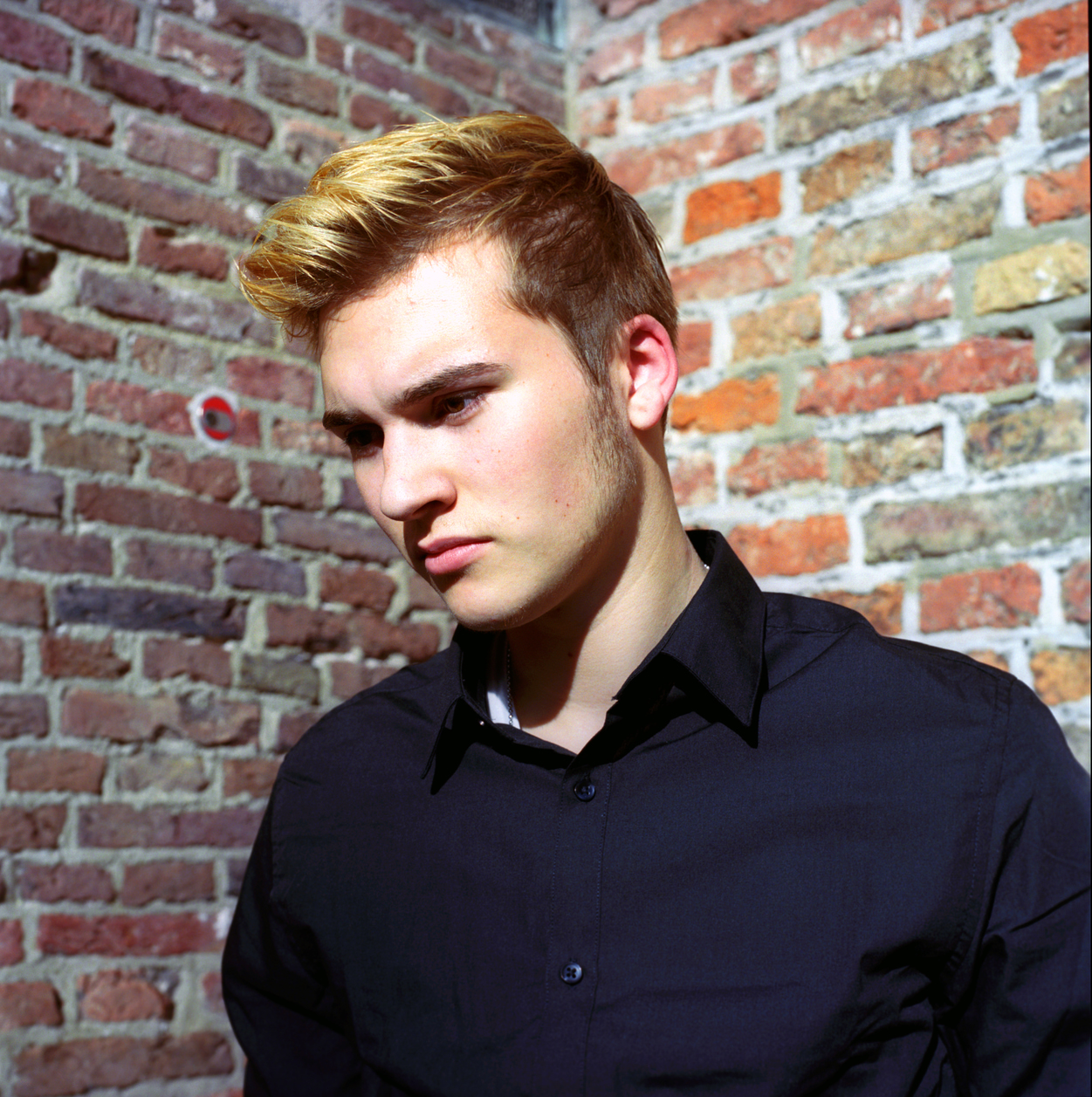
“Transitioning isn’t the hardest part of all this, it’s the outside world” – Niels
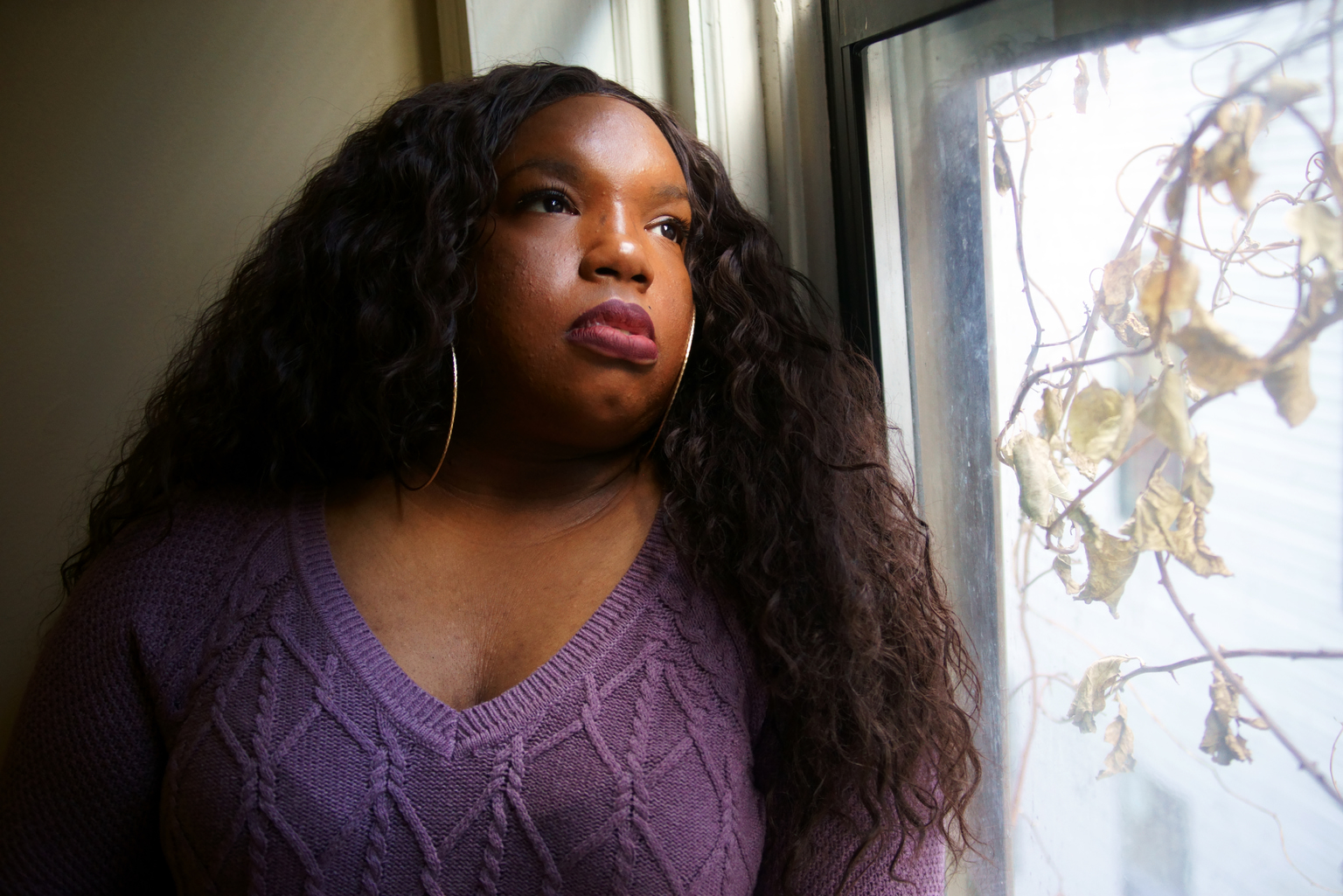
“There is no positivity and it also affects people who want to be in our lives” – Joniece

